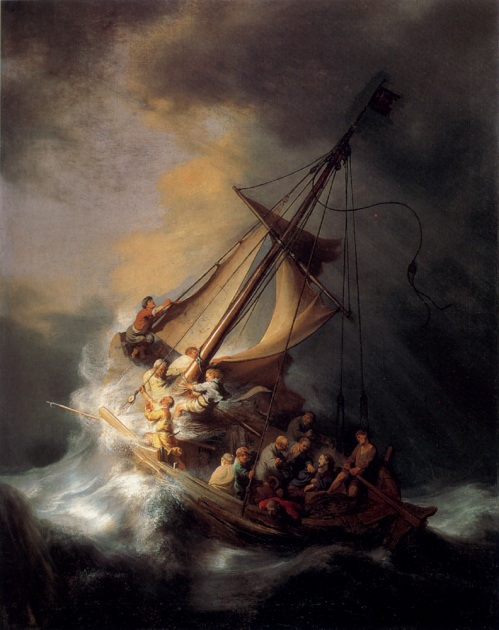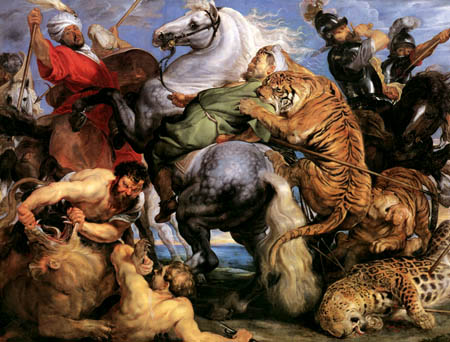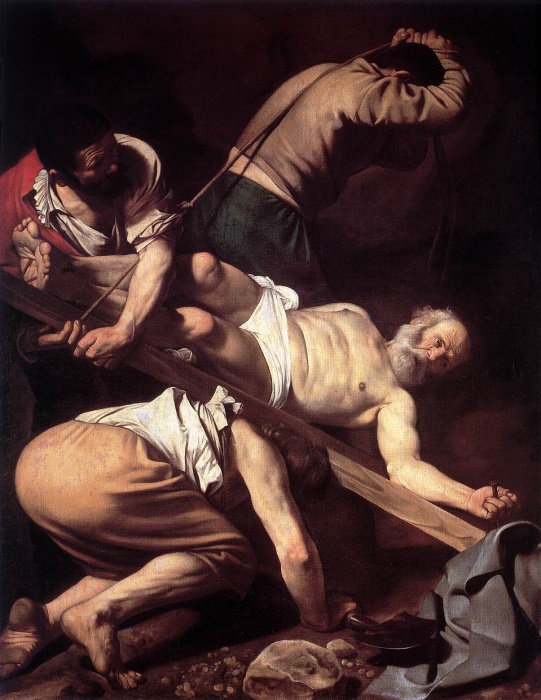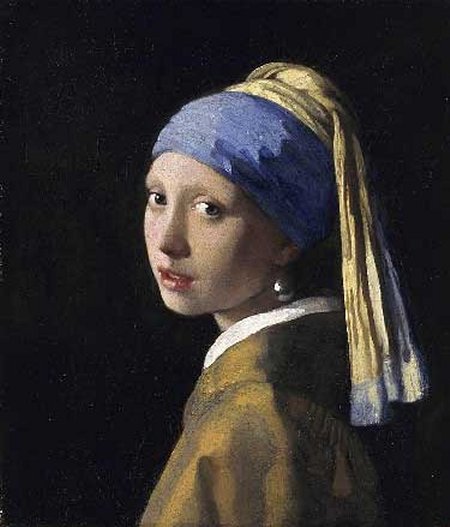Baroque is an artistic style which gained its popularity in the 17th century and lasted till the early 18th century. This style was quite widespread in a number of the world countries. It emerged as a demand for new art which would be more expressive and realistic. Quite soon Baroque spread over the entire Europe; Italy, Spain, and France became its brightest representatives because most of the Baroque artists concentrated in Rome and Paris. The movement itself is believed to have started in Rome with its philosophies then spreading over France, and other European countries, such as England, Germany, and Netherlands. The artists of all these countries have made a considerable contribution into the baroque art. Baroque has significantly influenced art, music, sculpture, architecture, theatre, and even literature and philosophy of the European countries. Baroque was a period of complex ideas which gave birth to new artistic forms and perpetuated the thoughts which the artists of the 17th century aimed to express. Such European Baroque artists as Rembrandt, Peter Paul Rubens, Caravaggio, Vermeer, and others promoted the ideas of the Baroque movement, namely, emotional involvement, spirituality, individualism, and realism; these ideas are reflected by means of the formal elements which can be traced in the works of these artists, such as sense of movement, contrast of light and shadow, and infinite space.
Rembrandt, Peter Paul Rubens, Caravaggio, and Vermeer are among the most important artists of the Baroque period. Rembrandt, a Dutch painter, is often referred to as an artist of great versatility, “a master of light and shadow, and a unique interpreter of the Protestant conception of scripture” (Kleiner 561). Rembrandt created in the Dutch Golden Age, a period in the history of Dutch art that overlapped with the Baroque movement which spread over the Netherlands in the 17th century. Peter Paul Rubens, in his turn, is often regarded as the most universal painter since “he produced with apparent ease an almost inexhaustible stream of works of all kinds – religious subjects, portraits, landscapes, mythological scenes – all on the grandest of scales” (Cunningham and Reich 177). Rubens’ pictures are energetic and filled with movement, which reflects the personality of the artist. As far as Caravaggio is concerned, he was an Italian artist who is well-known through his making such a technique as chiaroscuro definitive; he also worked at great speed and often used lived models for his paintings. This shows his striving for realism and individualism. Lastly, Vermeer was no less famous than Rembrandt. Vermeer is also a representative of the Dutch art who painted around 60 canvases during his 43 years of life. Though the subject of his paintings was limited to the domestic scenes and his works did not sell well in their day, Vermeer became known though “the interaction of light and space or the subtleties inherent in the most ordinary scenes of life” (Birn 279). Therefore, these four artists dedicated their lives to expressing the ideas of the Baroque movement in their works.
European Baroque, like any artistic style, had its main ideas which most of the artists of that period tried to express in their works. This style can be characterized by complexity and drama which were absent in the Renaissance art that preceded Baroque; there is no doubt that this difference is reflected in the works of the Baroque artists: “Whereas Renaissance artists reveled in the precise, orderly rationality of classical models, Baroque artists embraced dynamism, theatricality, and elaborate ornamentation” (Kleiner 527). All these features expressed an idea of emotional involvement by which the Baroque artists aimed to diversify the artistic style of the 17th century. It is remarkable that European Baroque also expresses an idea of spirituality or, to be more exact, returning to the traditional spiritual values. This took place due to the fact that the movement in question was greatly encouraged by the Catholic Church which hoped to influence the people’s spirituality through the art. Individualism was, perhaps, one of the most important ideas expressed by the Baroque movement. It is reflected through depicting of cloth and different skin textures; much attention is spent to diversifying the faces. Moreover, a number of portraits and self-portraits further prove how much the artists valued the uniqueness of every separate individual. Finally, realism was the essence of the Baroque movement. Most of the Baroque artists opted to depict individuals who had their own personalities, rather than landscapes and still life which are deprived of thoughts and facial expressions. In this way, Baroque movement reflected its main ideas, emotional involvement, spirituality, individualism, and realism.
Considering separate paintings of Rembrandt, Peter Paul Rubens, Caravaggio, and Vermeer makes it possible to distinguish the formal elements of the European Baroque style. For instance, sense of movement is brightly expressed in Rembrandt’s The Storm on the Sea of Galilee (Figure 1) which, together with this element, expresses the theme of spirituality for it presents Jesus calming the waves on the sea; contrast of light and shadow, as well as infinite space, are also present in this painting. The same element can be traced in Rubens’ Tiger Hunt (Figure 2) where sweeping gestures of the characters signify the sense of movement. At the same time, this painting expressing the ideas of emotional involvement and individualism due to different facial expressions and even nationalities of the characters. Though Tiger Hunt does not utilize contrast of light and shadow, it achieves infinite space due to the presence of sea at the background. While sense of movement is rarely present in Caravaggio’s works, the elements which can be observed in his creations are contrast of light and shadow and infinite space. Quite exemplary is his The Crucifixion of Saint Peter (Figure 3) where the infinity of space is achieved through the darkened background, while the contrast of light and shadow allow suggesting where the source of light was; this painting also expresses spirituality. Finally, Vermeer’s Girl with a Pearl Earring (Figure 4) expresses spirituality (the woman’s hair is hidden), individualism (for it is a portrait), and realism through the use of such elements as the infinity of space (the background is dark) and the contrast between light and shadow, which allows distinguishing the shine of the pearl.
In conclusion, European Baroque can be characterized by the creations of such artists as Rembrandt, Peter Paul Rubens, Caravaggio, and Vermeer. Their works allow identifying the main ideas of this artistic style, namely emotional involvement, individualism, spirituality, and realism. The expression of these ideas became possible through the use of such elements as the sense of movement, contrast of light and shadow, and the infinity of space which are also present in these artists’ paintings.
Figures




Works Cited
Birn, Raymond. Crisis, Absolutism, Revolution: Europe and the World, 1648-1789. Toronto: University of Toronto Press, 2005.
Cunningham, Lawrence S. and Reich, John J. Culture and values: a survey of the humanities. London: Cengage Learning, 2005.
Kleiner, Fred S. Gardner’s Art Through the Ages: The Western Perspective. London: Cengage Learning, 2009.